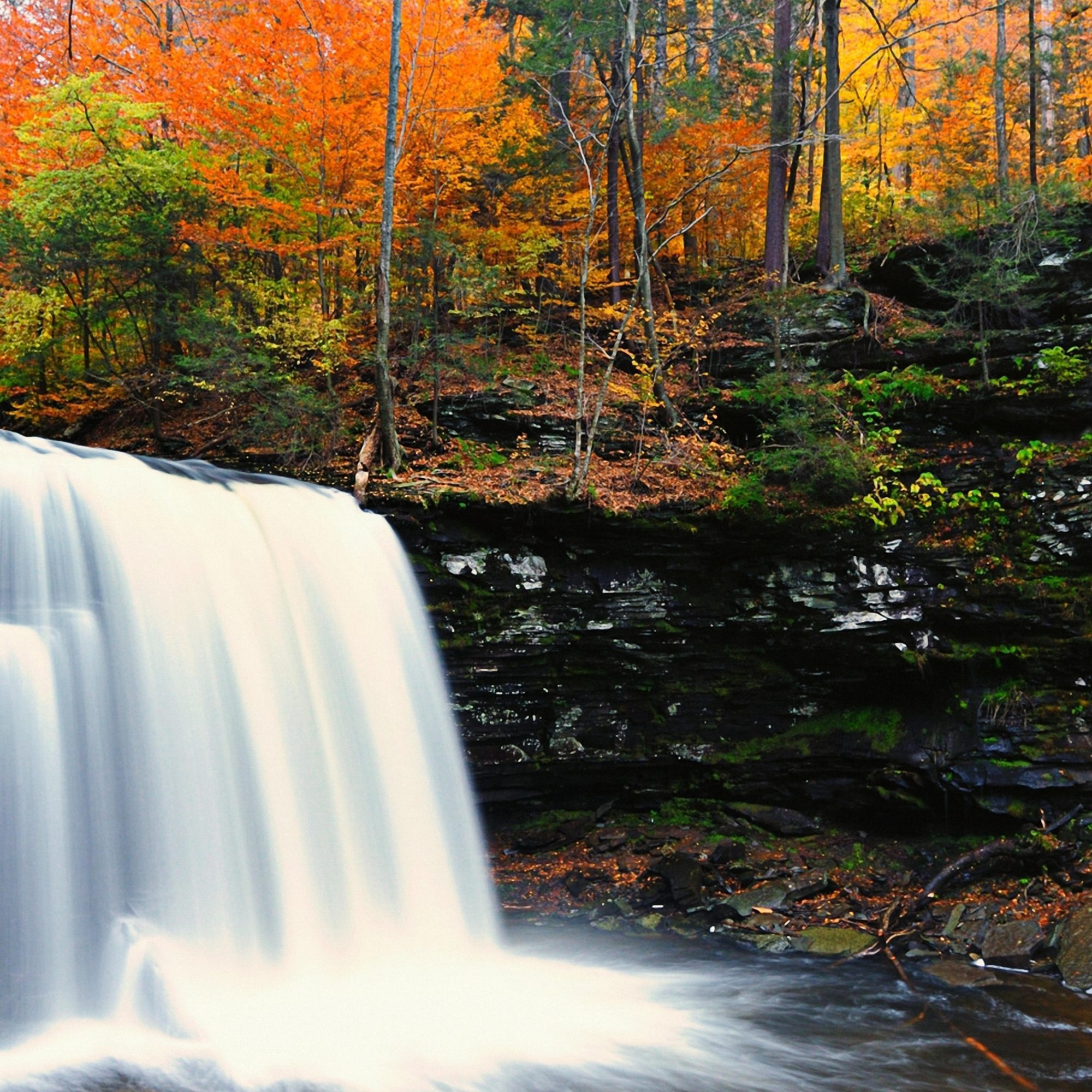Have you ever stood by a bustling city street, captivated by the seemingly magical streaks of light left by the passing cars? Or have you marveled at the dreamy images of waterfalls, where the rushing water looks like a soft, surreal veil? Well, congratulations! You’ve experienced the enchantment of long exposure photography.
Astonishingly, around 40% amateurs practicing photography aren’t aware that the mesmerizing images they marvel at are a result of the controlled play of shutter speed and aperture. Let’s dive into the ‘long’ and ‘short’ of it. In essence, long exposure images are born when the shutter of a camera remains open for an extended period. Your camera absorbs a more significant amount of light, etching every moving element into a silky blur, while stationary objects stand sharply in focus.
Remember that stunning composite portrait where the model seemed to melt into a cityscape dissolved in a heady swirl of lights? It was no less than a symphony of long-exposure magic, skillful blending, and masterful post-processing.
Why Long Exposure Photography?
Yes, why indeed? There’s a profound charm about these images that keep your eyes glued. Why? Because it’s a depiction of time that our naked eyes cannot perceive. Long exposure photography lets us visualize time and movement in a way we usually can’t. Quite cool, isn’t it?
Setting the Stage for Long Exposure
Now, how do we turn the theory into astonishing photographs? Well, let’s wade into the waters one step at a time.
First, you would need a camera capable of manual mode. Whether it’s a DSLR, a mirrorless, or even a high-end point-and-shoot camera, having the ability to control shutter speed, aperture, and ISO is crucial. A stable tripod is another indispensable companion in your long exposure journey. Even a slight wobble can muddle the details and blur the stationary objects. A remote cable release or self-timer function minimizes this possibility, turning potential mishaps into incredible shots.
Mastering Shutter Speed, Aperture, and ISO
Once the gear is set, it’s time to dance with the settings. Contrary to prevalent belief, there’s no ‘ideal’ setting for long exposure. Why? Because, my friend, it’s all about balance. Longer shutter speeds, smaller apertures (higher f-numbers), and lower ISO values work together in harmony to create those ethereal images. Think of them as notes in a melody, changing with the scene and lighting conditions.
Unleashing Creativity with Post-Processing
Taken your shot? Brilliant! But the adventure isn’t over yet. It’s now time to bring your images to life with some editing magic. Post-processing software like Adobe Lightroom and Photoshop come into play here.
No, editing isn’t about changing your images; it’s about enhancing the fantastic features already present. Let’s say the lens captured an overdose of light; you can easily reduce the highlights. The colors seem too dull? Amp up the vibrancy for a more majestic appeal. Did an unwanted element photobomb your beautiful trail lights? No worries! A quick swipe with the healing tool, and your image is cleaned up.
The Final Canvas
Long exposure photography is an invitation to paint with light, movement, and time. It’s about pushing the boundaries, seeing the unseen, and, most importantly, experiencing the joy of creating. Are you excited about trying your hands at long exposure yet? Grab up your gear; it’s time to paint those blurs of beauty!


0 Comment